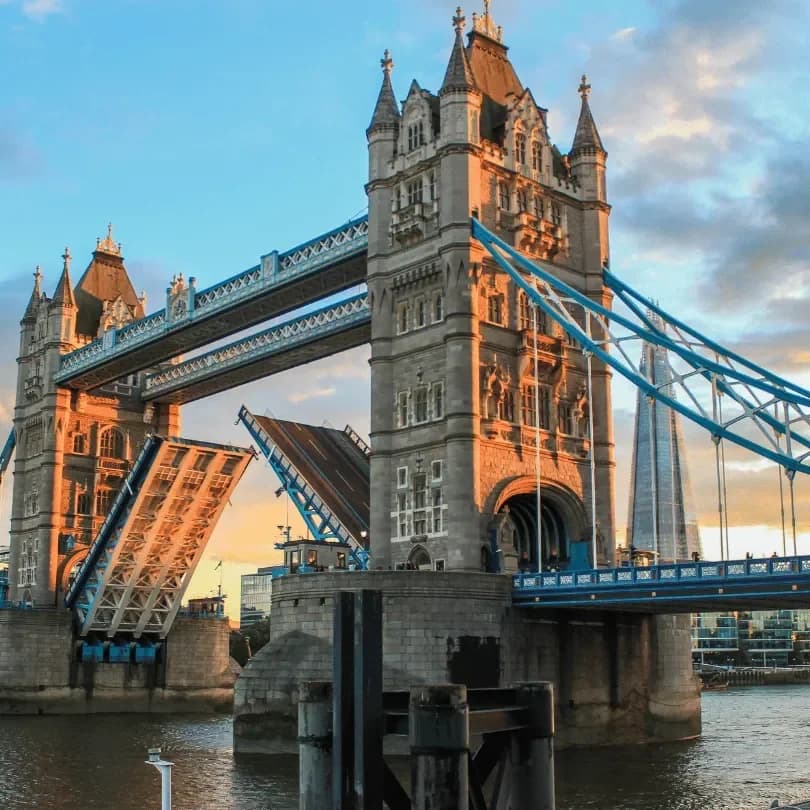
The truth is, flying a drone legally in London is almost exclusively a professional operation, and as a licensed drone pilot who's planned multiple commercial flights here, I can tell you it's one of the most challenging places to fly in the world.
You're not just dealing with the mandatory 21-day NATS application; you're often coordinating with the Metropolitan Police, local borough councils, and even specific building management teams for takeoff and landing sites.
Whether you're a hobbyist hoping for a few quick shots or a professional planning a commercial job, this guide breaks down the unfiltered process and manages your expectations on what's actually possible.
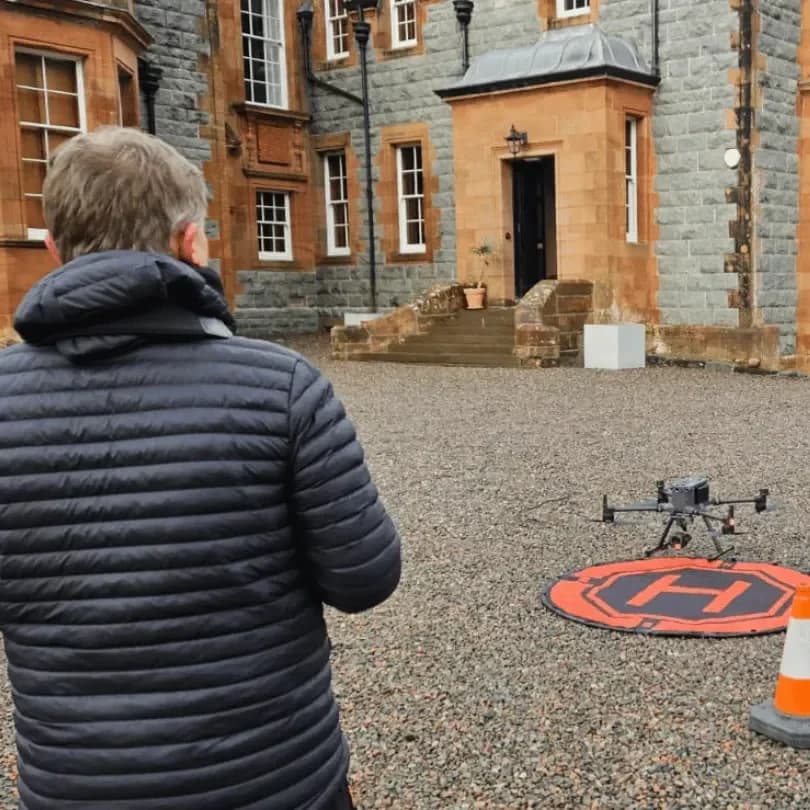
30 Second Summary
- Apply for Non-Standard Flight clearance through NATS website at least 21 days before flying in London's restricted airspace
- Register with CAA for Operator ID and Flyer ID if your drone weighs over 250g
- Avoid central London restricted zones (R157, R158, R159) which protect government buildings and landmarks
- Fly only in designated areas like sections of Richmond Park, Hampstead Heath, and Greenwich Park
- Stay below 400 feet, maintain visual line of sight, and keep 50m away from people and property
Drone pilots must hold the correct CAA certificates, such as the A2 CofC or GVC, to operate legally in London
Depending on your drone's weight classification and intended use, you'll need to obtain specific drone qualifications from the Civil Aviation Authority.
For drones weighing between 250g and 2kg, you'll typically need the A2 Certificate of Competency (A2 CofC), which requires completing an online theory course and passing an exam.
However, to be blunt, if you're serious about flying anywhere in London outside of a few designated park areas, you need the General Visual Line of Sight Certificate (GVC).
This more comprehensive qualification is the gateway to getting an Operational Authorisation from the CAA, which is the only way to get permission to fly closer to people or in congested areas. From my experience, the GVC is the key that unlocks the ability to even begin the process for a flight in a complex urban environment like London.
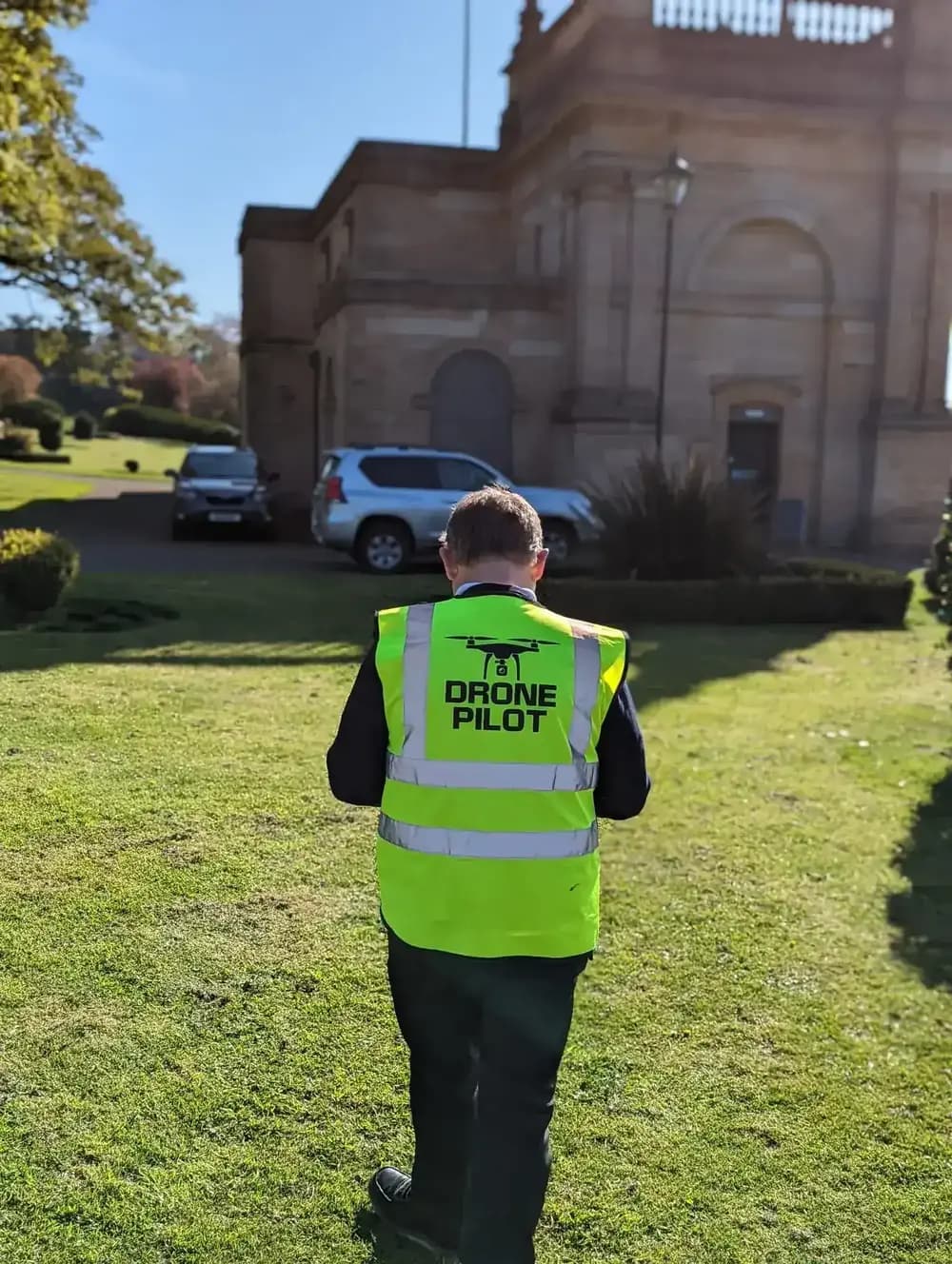
A Warning for Tourists: Why Flying in London is Highly Impractical
While tourists must adhere to the same regulations as UK residents, the practical reality makes it nearly impossible to fly a drone legally and safely in central London.
The primary challenge is people. The UK's Drone Code strictly forbids flying over uninvolved people, let alone flying over crowds.
London's streets, parks, and landmarks are consistently crowded, making it almost certain that any flight—even with a sub-250g drone—will breach this fundamental rule.
Furthermore, the city is covered by extensive flight restrictions due to heavy air traffic. Gaining the necessary permission to operate in these areas requires a full Operational Authorisation from the CAA—a professional-level qualification a typical tourist will not hold. Given these hurdles, tourists are strongly advised against attempting to fly a drone in London.
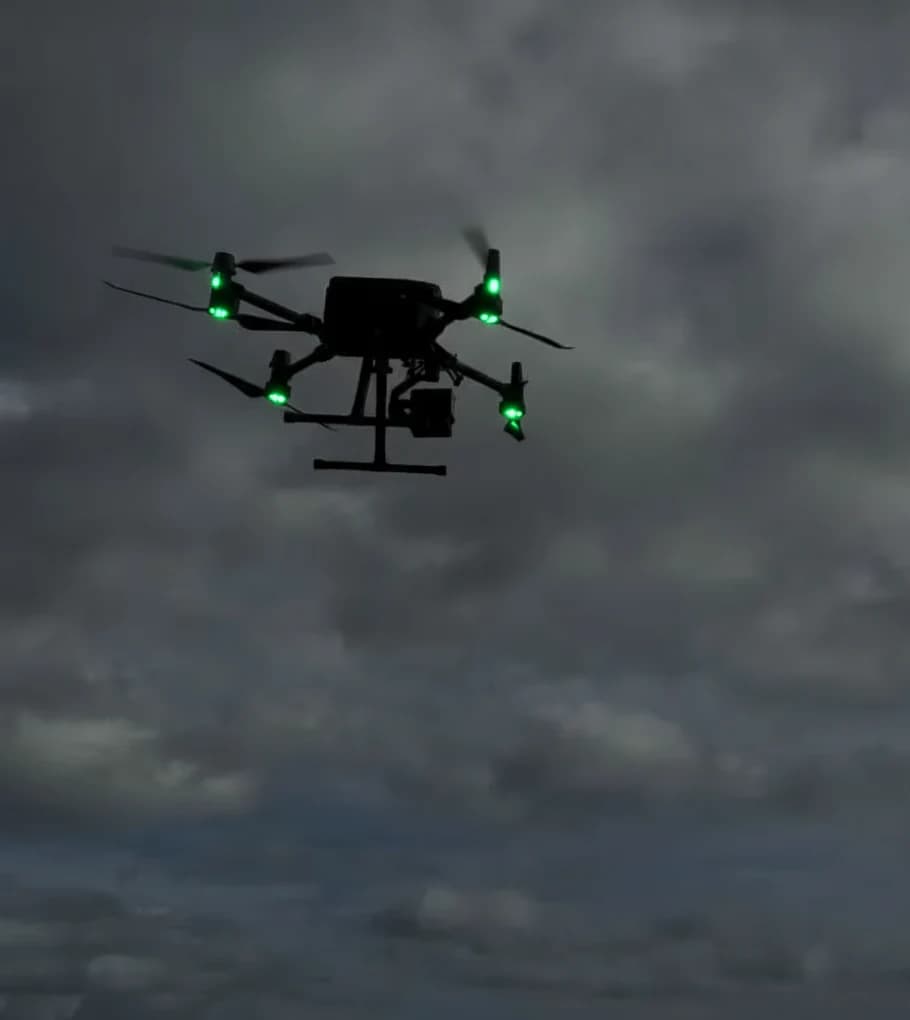
The Drone Code: Rules for Every Flight
Before planning any flight, all drone pilots in the UK must know and follow the CAA's Drone Code. These rules are the foundation for safe and legal flying.
I can't stress this enough: don't underestimate these rules. In a city as watched as London, a 50-meter breach is easily spotted and can lead to a difficult conversation with authorities.
Key points include:
Always maintain direct visual line of sight with your drone.
Never fly higher than 400 feet (120 meters) above the ground.
Stay at least 50 meters away from people, vehicles, and buildings not under your control (Hard to do in London)
Do not fly within 150 meters of residential, recreational, commercial, or industrial areas without specific permission.
Respect the privacy of others and avoid capturing images of people without their consent.
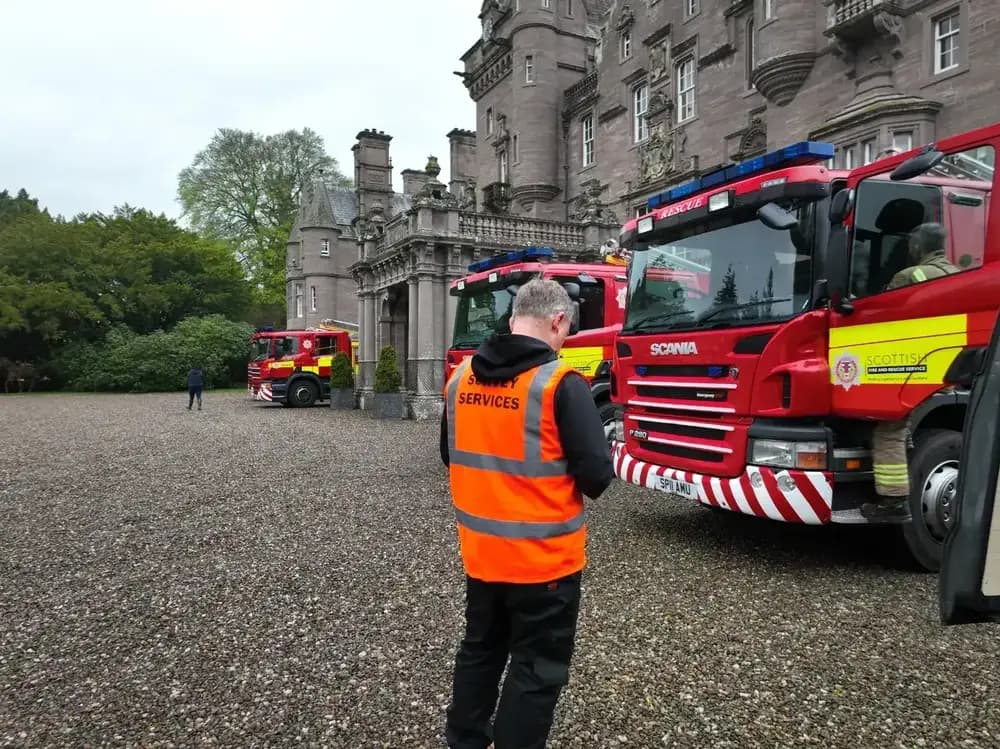
Understanding London's Restricted Airspace
London's airspace is one of the busiest and most complex in the world.
Much of the city is covered by a Flight Restriction Zone (FRZ) due to airports like Heathrow and London City Airport, as well as numerous heliports. Flying a drone within this zone is prohibited without specific clearance from NATS (National Air Traffic Services). This is why a Non-Standard Flight (NSF) application is mandatory for most of the city.
How to Apply for NSF Clearance with NATS
Applying for NSF clearance is a formal process that requires meticulous planning. I've completed multiple jobs in the City of London, and it's always a full process of applying for permission beforehand.
Approval is not guaranteed and is assessed on a case-by-case basis.
Step 1: Gather Your Flight Information
Before you start, you need precise details about your flight. Your application will be rejected without them. This includes:
Drone Pilot Details: Your full name, contact information, and CAA Operator ID.
Flight Location: A precise location, using coordinates or a detailed map.
Date and Time: The exact date and specific times (in UTC).
Drone Information: The make, model, and weight of your drone.
Flight Plan: Your maximum altitude and intended flight path.
Purpose: A clear explanation of the flight's purpose.
Safety Measures: A professional risk assessment and method statement. Your risk assessment must be watertight, covering everything from signal loss to emergency landing spots and having the correct insurance. They need to see you've planned for every eventuality.
Step 2: Submit the Application Online
Visit the NATS Airspace User Portal website to find the NSF application form. Fill out all sections with the information you gathered. Be as detailed and accurate as possible.
Step 3: Apply at Least 21 Days in Advance
NATS requires a minimum of 21 days to process NSF applications. This is a non-negotiable lead time that I make clients aware of from the very first conversation, as it often determines if a job can go ahead, especially on short notice.
It's crucial to remember: if we can't get the approval, we can't fly. My advice is to submit the application even earlier, as this allows time for any back-and-forth communication with their team.
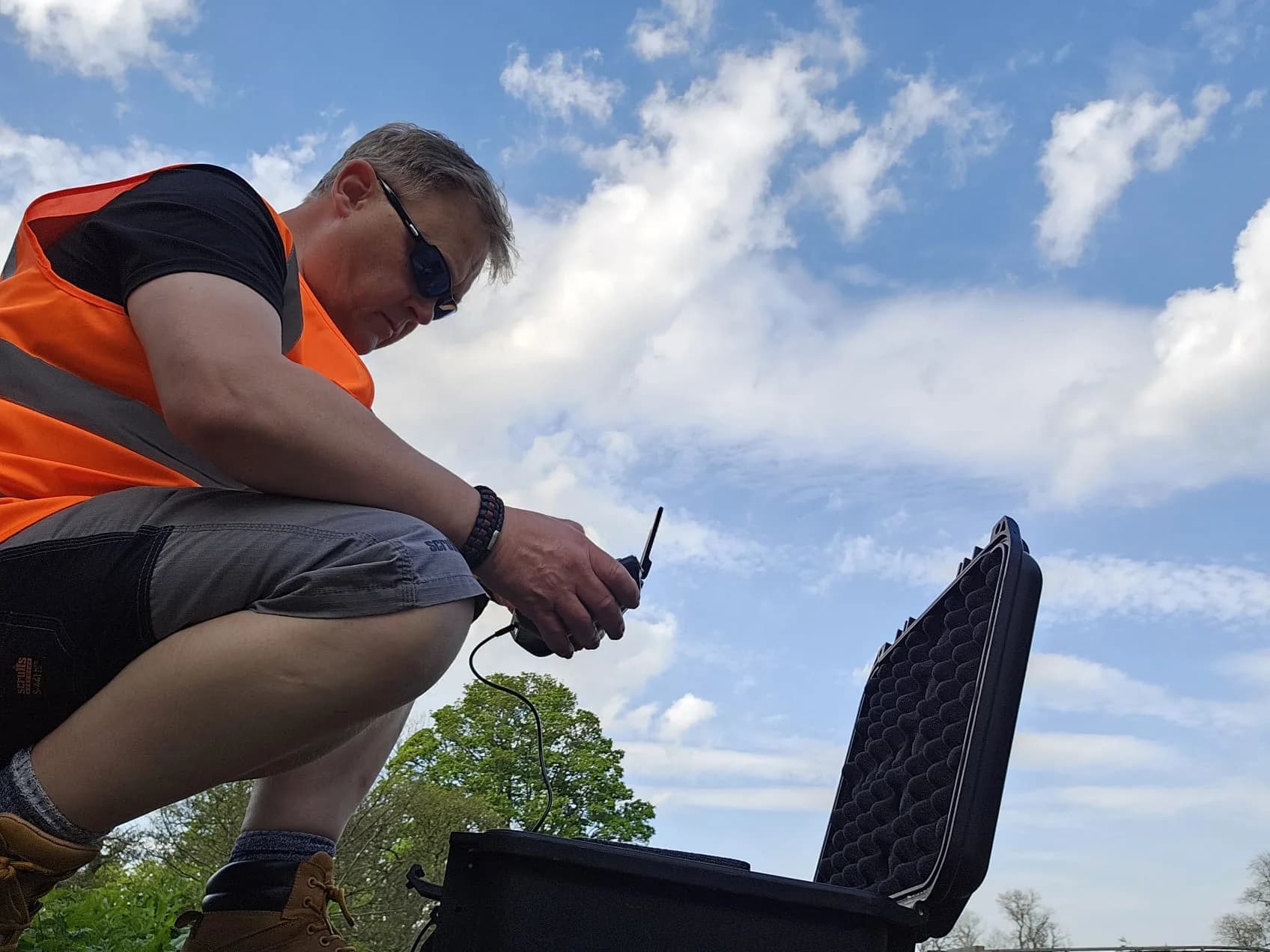
Central London is restricted by permanent no-fly zones R157, R158, and R159
Central London contains three permanent Restricted Areas to protect sites of national importance.
My professional advice? Consider these zones as permanent no-fly areas, period. Even for commercial jobs, getting permission here is a monumental task reserved for very specific, high-profile projects.
R157 (Westminster): This zone covers Whitehall and Westminster, making it illegal to fly a drone near landmarks like the Houses of Parliament, Big Ben, and 10 Downing Street.
R158 (Buckingham Palace): This protects the Royal Residence, including The Mall and parts of St. James's Park.
R159 (City of London): This protects the UK's financial centre, including the Bank of England and The Gherkin.
Each zone extends from the ground up to 1,000 feet. Additional temporary restrictions are also common during public events or security alerts.
Using the Drone Assist App
The Drone Assist app is essential. I use it as the very first step when quoting for a London job.
If the location is covered in red, it immediately tells me the level of planning and permissions that will be involved. Use it to check for:
Red Zones: Prohibited airspace, such as the permanent no-fly zones and areas around airports.
Amber Zones: Areas where you need to exercise caution due to high air traffic or other risks.
Ground Hazards: Icons marking dangers like schools, hospitals, or power lines.
Always check the app immediately before you fly.
Recreational drone flying is only permitted in certain designated parks and open areas approved by local councils
For non-professionals, these public park flying areas are realistically the only places you can consider flying.
Popular locations include sections of Richmond Park, Hampstead Heath, and parts of Greenwich Park. However, each borough has different rules, so you must check the local council's website before you even think about flying.
Even in a designated zone, I've had to pack up and leave because a small crowd gathered to watch. Your responsibility to avoid flying over people always comes first.
Frequently Asked Questions
What Are the Penalties for Flying a Drone Without Proper Clearance?
You'll face severe penalties. These include fines up to £2,500 for standard breaches and unlimited fines or imprisonment for serious airspace violations. The CAA can confiscate your drone and prosecute you under Air Navigation Orders.
Can I Fly a Drone at Night in London?
Not without specific permission from the CAA, which typically requires an Operational Authorisation. The drone night flying rules require you to prove you have robust safety measures, like proper lighting. Flying at night without this is illegal.
Are There Weather Restrictions for Drone Flights in London?
Yes. You shouldn't fly in rain, fog, or high winds. Poor visibility compromises your ability to maintain visual line of sight, which is a legal requirement.
How Close Can I Fly to Historical Landmarks?
You generally can't. Most historical landmarks in London are in restricted flight zones. You'll need to check the Drone Assist app, but expect that central London areas are completely off-limits.
Do I Need Insurance to Operate a Drone in London?
Yes, you need liability drone insurance that complies with Regulation (EC) 785/2004. This applies to all drone operations, recreational or commercial. For professional work, you will not get flight clearance without providing proof of adequate coverage.
Ready to Fly in London? Let a Professional Handle the Hassle
Flying a drone in London is a serious undertaking that, for the vast majority of the city, is a professional operation requiring a GVC, detailed risk assessments, and a formal NATS application.
Instead of navigating this complex regulatory maze yourself, you can hire an expert drone pilot who already has the necessary qualifications and experience. The HireDronePilot network is comprised of GVC-licensed professionals, many with specific experience in securing flight permissions and operating within London's challenging airspace.
As the UK's premier managed marketplace, HireDronePilot connects businesses with verified professional drone pilots for hire. We streamline the entire process through competitive bidding, ensuring quality, compliance, and value for every aerial project across the United Kingdom.
Don't let complex regulations ground your project. Visit https://hiredronepilot.uk/ to find a certified London drone pilot and get your project off the ground safely and legally.
About the Author

Written by
Peter Leslie
Peter Leslie is a CAA-approved commercial drone pilot with 10+ years experience and over 10,000 flight hours. He holds the GVC and A2 CofC drone licences with full CAA Operational Authorisation. Peter is a member of ARPAS-UK, the UK's non-profit trade association for the drone industry. He founded HireDronePilot to connect UK businesses with qualified, insured drone operators.
Looking for More Drone Work?
Join the UK's leading network of professional drone pilots and grow your business.
Open Access
Bid on any job - all jobs open to all pilots
Grow Revenue
Access high-value commercial projects
Stay Busy
Fill your schedule with regular work
Related Articles

Our Drone Survey Service In Stirling, Scotland
Bringing you Stirling drone survey data from areas no one else can fly.

How Much Does A Drone LiDAR Survey Cost
Forecasting your drone LiDAR survey cost requires understanding what's hidden beyond the initial quote.

Step By Step Process Of Drone LiDAR Survey
Next, discover the crucial post-flight steps that determine your survey's success.
